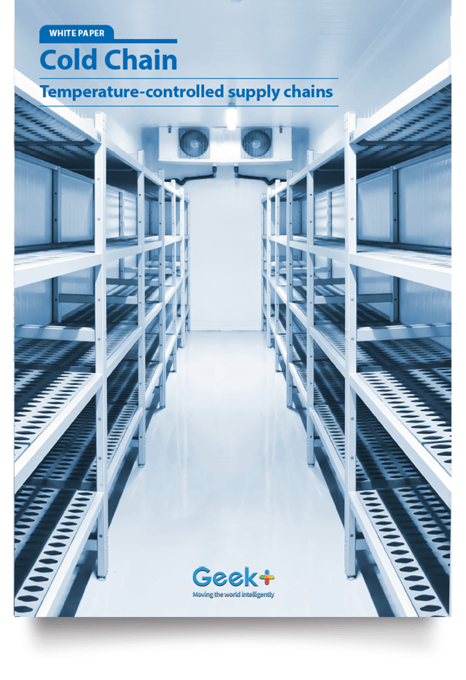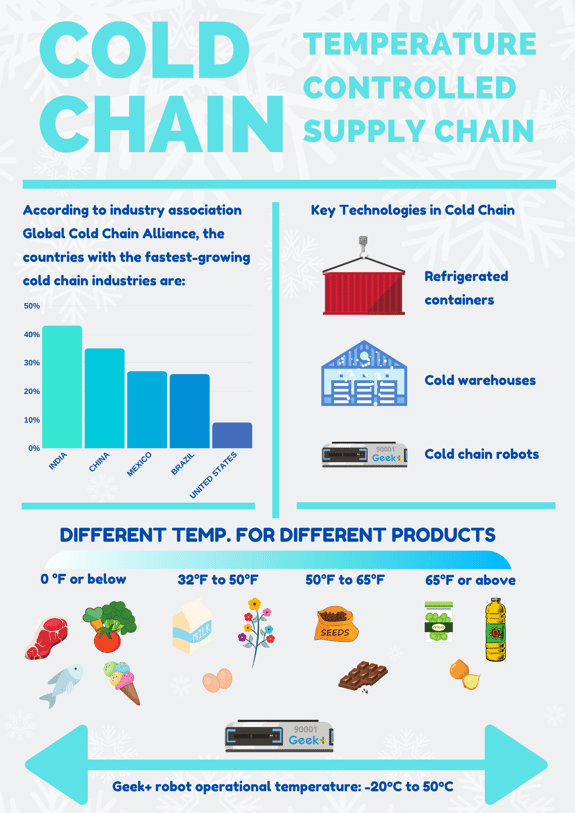Cold Chain: Temperature-controlled supply chains

According to reports by several research companies, the “cold chain” market has been growing at a much faster rate than the global economy.
By “cold chain”, we mean the distribution of food, beverages and pharmaceutical products, which all need to be kept at cold temperatures in order to maintain their freshness and quality and prevent deterioration and losses. Some call it the temperature-controlled supply chain.
By “cold chain”, we mean the distribution of food, beverages and pharmaceutical products, which all need to be kept at cold temperatures in order to maintain their freshness and quality and prevent deterioration and losses. Some call it the temperature-controlled supply chain.
This article is abstracted from the "Cold Chain: Temperature-controlled supply chains" white paper.

The logistics industry has seen many changes over the past few decades, with the increasing liberalization of international trade and the continuing growth of e-commerce being driving factors. However, it is in the area of cold supply chains that there have the most recent dynamism. One of the main reasons for this is that consumers increasingly expect to be able to order fresh produce – fruit, vegetables and other perishable items – online, and for the items to be delivered in perfect condition.
For the new generation of consumer, ordering an item such as a head of lettuce, which can lose its freshness within a day or two, is no different to ordering a piece of furniture. They may be mindful of the different logistical requirements for each type of item, but they simply expect the supply chain to be geared up to deal with perishables and non-perishables alike.
From the point of view of the logisticians and supply chain professionals, the critical requirement of perishables is that they need to be kept in temperature-controlled environments – meaning, cold. Every second a perishable item is left in temperatures above, say, 5ºC is a second that it is deteriorating. Some perishables can go off or become spoiled within minutes. And if that perishable makes a journey of several days’duration, it’s technically very difficult to keep it cool all the way from the manufacturer to the customer, from the farm to the kitchen table, as it were.
About Geekplus
Geekplus is a global leader in mobile robotics technologies. We develop innovative robotics solutions for order fulfilment. More than 850 global industry leaders use our solutions to realize flexible, reliable, and highly efficient automation for warehouses and supply chain management.
Media Contact
Marie Peterson, VP International Marketing & Communications
Marie.peterson@geekplus.com

